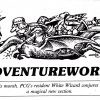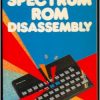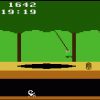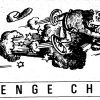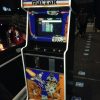‘Little’ computers
IBM released its personal computer in 1981. Whilst this would be the system that would lead to ‘PC’ becoming a synonym for a computer sitting on a desktop, it was quite expensive. Prices started at $1,565 (presumably USD) for a configuration without disk drives (Wikipedia). Apples -- destined for the ... Continue Reading »


